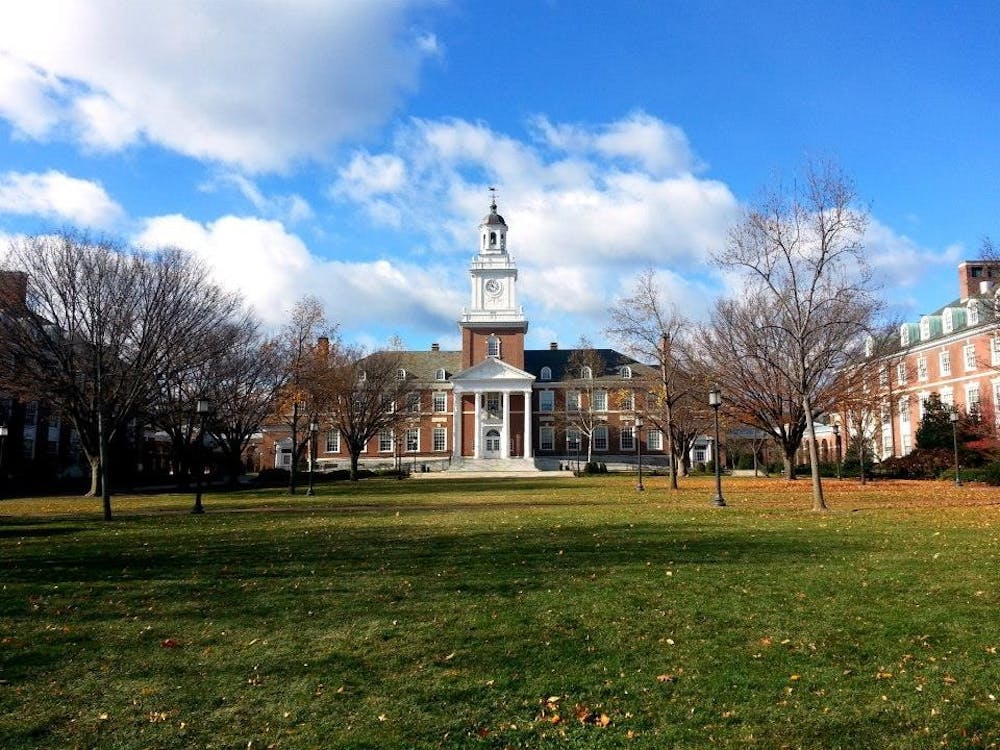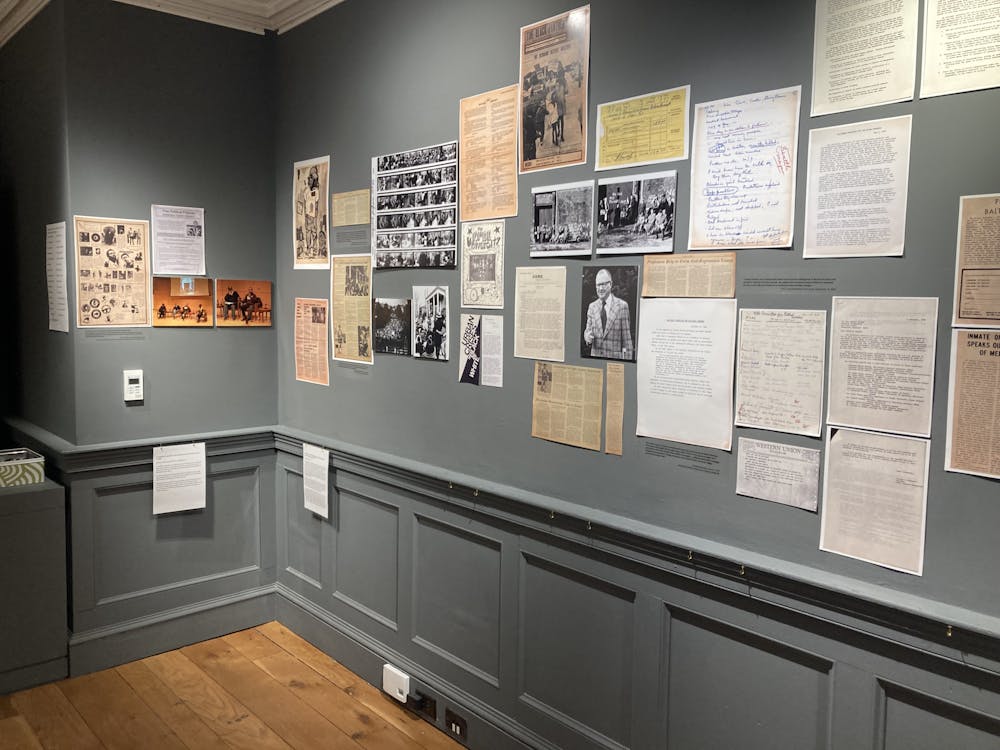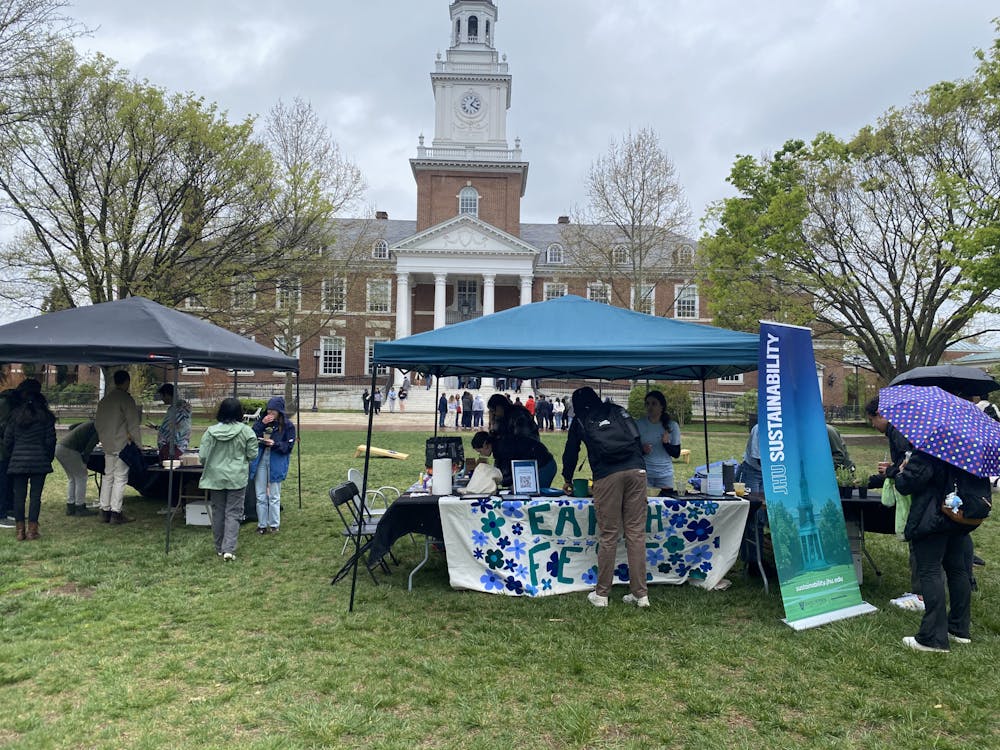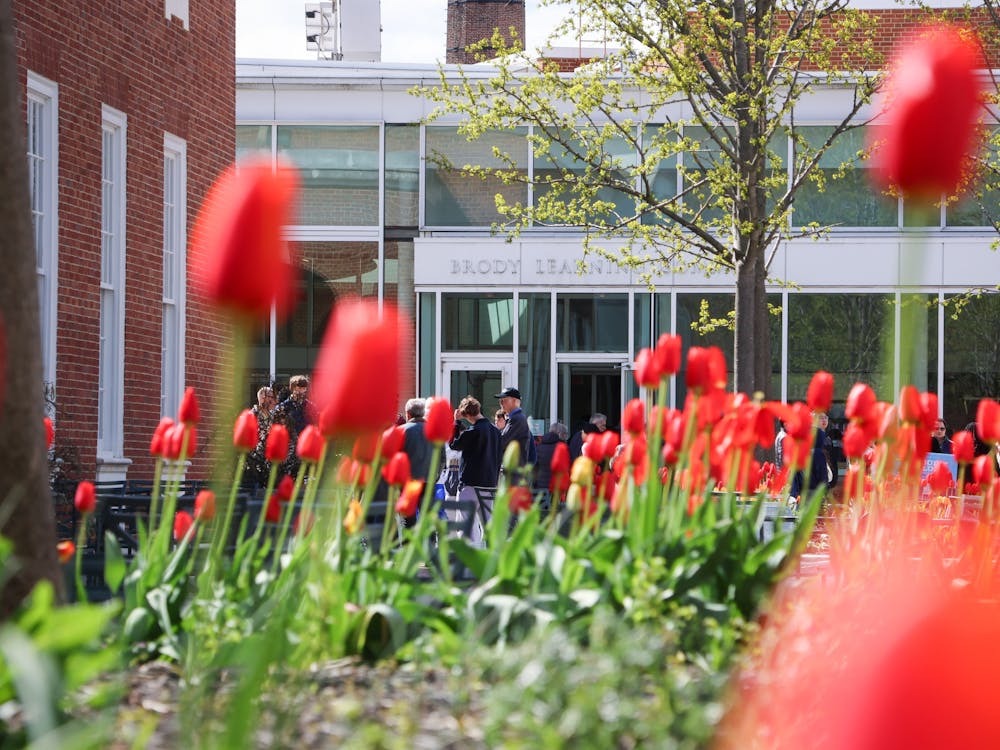The Committee on Student Elections (CSE) released the recounted results for the 2018-19 Student Government Association (SGA) Class Council elections on Tuesday night. The original results were released on Friday, but due to a change in the voting system which left ten seats open, the CSE decided to conduct a recount.
The system changed from the plurality system, in which students casted their votes solely for the candidates they desired, to the Instant-Runoff Voting (IRV) system, in which students ranked candidates in order of preference from one to six. The original results were based on the IRV system, while the recount was based on the plurality system in order to fill the open seats on the council.
Following the recount, the CSE announced that sophomores Omar Lloyd and Kiana Boroumand were elected junior class senators in addition to the existing senators elected on May 4. Likewise, the CSE added incumbent freshmen senators Sam Mollin, Evan Mays and Matthew Taj to the sophomore class council.
There was no change to the results of the senior class council elections, and five seats still remain open.
When the CSE released the initial results, Mollin, Mays, Taj and Boroumand filed a case against the CSE with the judiciary branch of SGA. Before the case could move forward, however, the CSE offered them a settlement, in which a recount would be conducted using the original plurality system.
Mollin, who was glad that the recount happened so quickly, discussed SGA members’ reasons for appealing to the judiciary.
“We felt that the CSE didn’t adequately explain to us and didn’t adequately explain to the electorate how the voting system worked, so we were operating off of false pretenses,” he said.
Lloyd agreed with this sentiment and said he was not surprised that there was a recount, given the number of open seats following the election.
“They changed the voting system, which could have been a good thing, but they didn’t change it in a good way,” he said. “A recount was necessary.”
The CSE decided to implement the IRV system earlier this semester and used it during SGA executive board elections. The CSE proposed these changes to the voting system to the SGA early in the spring.
Though SGA was aware of the changes, Mays said that the senatorial candidates did not fully understand what the IRV system entailed.
“A lot of us, including myself, didn’t really understand what the voting system would mean for future elections,” he said. “None of us thought that if six people were running there would be three empty spots.”
In an IRV election, voters rank candidates in order of preference and each candidate who reaches the required number of first choice votes is elected. In SGA elections, this threshold is 50 votes. After the voter’s first-choice candidate receives 50 votes, any additional ballots that rank the candidate first go to the second-choice candidate instead.
Next, the candidate with the fewest first choice votes is eliminated. Each ballot which listed the defeated candidate as its first choice would then have its votes counted for the second choice candidate. This process continues until all seats are filled, or until there are no more candidates to be eliminated.
Previously, the CSE used a plurality system, in which each student given one vote for each open senate seat for a total of six votes. With this system, it was easier for candidates to reach the minimum threshold of 50 votes.
CSE member Chris Pak spoke about the CSE’s reasoning behind the change from plurality to IRV.
“It gives voters the chance to list out which candidates they want in an order that they want, and we thought that was more democratic than just listing out six people,” he said.
Pak also addressed the lack of communication from the CSE about the change in voting systems. He said that even some candidates believed that they would be able to cast six votes, rather than just one, in the new ranked system.
“Clearly we didn’t get the word out well enough so that people understood,” he said.
Pak said that the CSE is considering moving back to the plurality system for senate elections.
SGA Executive Vice President AJ Tsang helped Mollin, Mays, Taj and Boroumand in their efforts to appeal to the judiciary. He explained why the IRV system did not work in the class council elections, even though it did work in the executive elections.
“Ranked voting mathematically only works when you have a single-seat election, or when you have an election with multiple seats where you have at least a thousand voters,” he said. “When you have an election here at Hopkins where you only have so much turnout, statistically it's impossible to reach a threshold.”
Judiciary Committee Justice Divya Korada said that the case was mostly resolved between the SGA candidates and the CSE before it reached the committee. According to Korada, the case required no ruling from the judiciary.
“I’m happy and excited to see that the CSE, members of SGA and future candidates will have a little more transparency and be on the same page moving forward in the election process,” she said.
Tsang spoke about future SGA plans to address voter turnout, which includes increasing funding to the CSE. According to Tsang, the CSE currently only receives $100 to run its operations.
“We want to increase funding to them so they can host more events to get students more interested in the candidates,” he said.
An upcoming special election in the fall will fill the five remaining senior class senate seats.
Emily McDonald contributed reporting.
















Please note All comments are eligible for publication in The News-Letter.